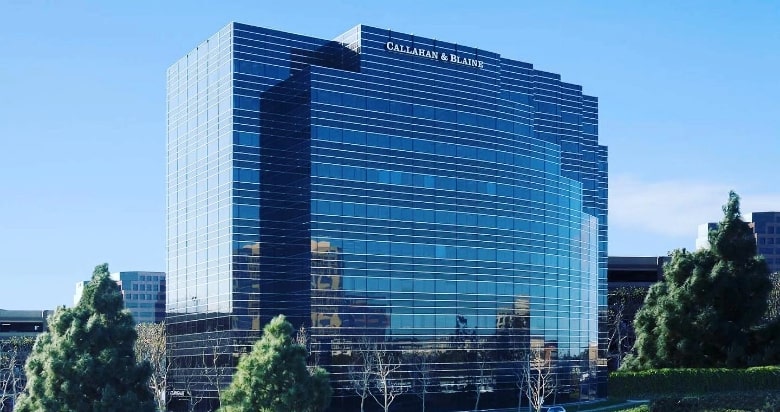The “fair use” law (the “doctrine fair use,” “the fair use doctrine,” etc.) is the law that allows for parts of a copyrighted work to be used without the permission of the owner. Fair use is a common defense to copyright infringement lawsuits or accusations. If successful, a fair use argument means that unauthorized use of copyrighted material is excusable so long as it falls under the “principle of fair use.” We can turn to federal law for guidelines used to determine what constitutes fair use, but these cases are not always easy because this is a relatively obscure area of the law. Courts make decisions about fair use on a case-by-case basis.
What Works Are Protected by Copyright?
When we turn to U.S. law, we can see that copyright owners have the ability to limit the use of their creative works (Under Title 17 of the U.S. Code). The owner of a copyrighted work has the right to distribute, display, reproduce, perform, or make derivatives of their work. There are various types of works that copyrights apply to, including the following:
- Music
- Literature
- Motion pictures
- Sound recordings
- Architectural designs
- Pantomimes and choreography
- Pictorial, graphic, and sculptures
However, copyright law does not apply to:
- Facts or ideas
- Names, and names, slogans, or titles
- Extemporaneous speeches
- Standardized material
- Blank forms
- Government works
Fair Uses of Copyrighted Material Under U.S. Law
Under the Copyright Act, there are various ways in which copyrighted material can be used without permission from the copyright holder. This includes copyrighted material used for the following purposes:
- Criticism and comment. If a person is commenting upon or criticizing copyrighted material, they will be allowed to reproduce some of the work in order to achieve the commentary or criticism.
- News reporting. News outlets or news professionals are allowed to make use of copyrighted material when reporting news related to information pertaining to such material.
- Parody. Parody includes work that ridicules another work, usually one that is relatively well known. Parody usually includes imitating another work in a comical way. Parody has long been protected by the courts as being an acceptable use of copyrighted material.
- Research. Researchers regularly use copyrighted material, though they must provide attribution to the copyright holder when they do use their material.
- Teaching (including copies for classrooms). Teachers are allowed to use copyrighted material in the classroom for educational purposes.
The fair use allowed under the Copyright Act does not grant the right to use copyrighted work in its entirety. In these cases, the use of copyrighted materials should be limited to excerpts, quotations, summaries, and making educational copies.
Contact a Lawyer if You Are Confused About Fair Use and Copyrights
If you are an artist, author, screenwriter, or another producer of copyrighted material, or if you are an individual that wants to make use of copyrighted material, you should speak to a skilled Orange County intellectual property attorney who can help determine the legality of your situation. Understanding copyrights, intellectual property, and fair use can be complicated. It is certainly reasonable that you speak to a lawyer who can walk you through federal laws regarding these issues.

